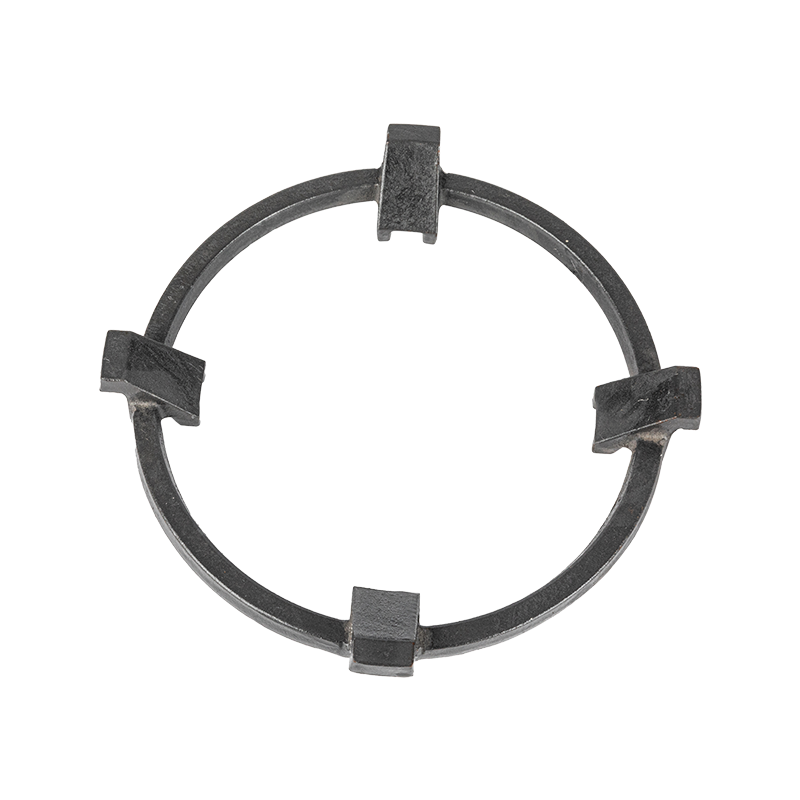Provide you with the latest enterprise and industry news.
A gas oven is an essential appliance in many households, providing a convenient and efficient way to cook our favorite meals. While it may seem like a simple device, the gas oven is composed of several key parts that work together to ensure its proper functioning. Understanding these parts can help us better appreciate the complexity and importance of our gas ovens.
One of the most important parts of a gas oven is the burner. The burner is responsible for heating the oven, and it is usually located at the bottom. It releases a controlled amount of natural gas or propane, which is ignited to produce a flame. The flame provides the heat necessary for cooking our food. To control the intensity of the flame, gas ovens are equipped with a burner valve. This valve regulates the amount of gas flowing to the burner, enabling us to adjust the heat according to our cooking preferences.
Another crucial part of a gas oven is the thermostat. The thermostat acts as the control center, monitoring and maintaining the oven's temperature. It ensures that the oven stays at the desired temperature by turning the gas on or off as needed. When the oven is turned on, the thermostat signals the burner valve to release gas. Once the oven reaches the desired temperature, the thermostat instructs the burner valve to stop the gas flow. This constant monitoring and adjustment by the thermostat guarantee that our food cooks evenly and accurately.
The oven igniter is another component of a gas oven that plays a vital role. The igniter is responsible for lighting the gas released by the burner. It uses an electric current to create a spark, igniting the gas and starting the flame. Without a functional igniter, the oven will not be able to heat up, rendering it useless.
Additionally, gas ovens are equipped with safety features to ensure our well-being. One essential safety feature is the oven sensor. The oven sensor measures the temperature inside the oven cavity and relays this information to the thermostat. This allows the thermostat to maintain accurate temperature control and prevents overheating or undercooking of our food. Moreover, gas ovens also have a safety valve called a thermocouple. The thermocouple detects the presence of a flame in the burner. If the flame goes out due to any reason, the thermocouple immediately shuts off the gas supply to prevent a buildup of gas in the oven.
Round Design Stove


 EN
EN 英语
英语 中文简体
中文简体







